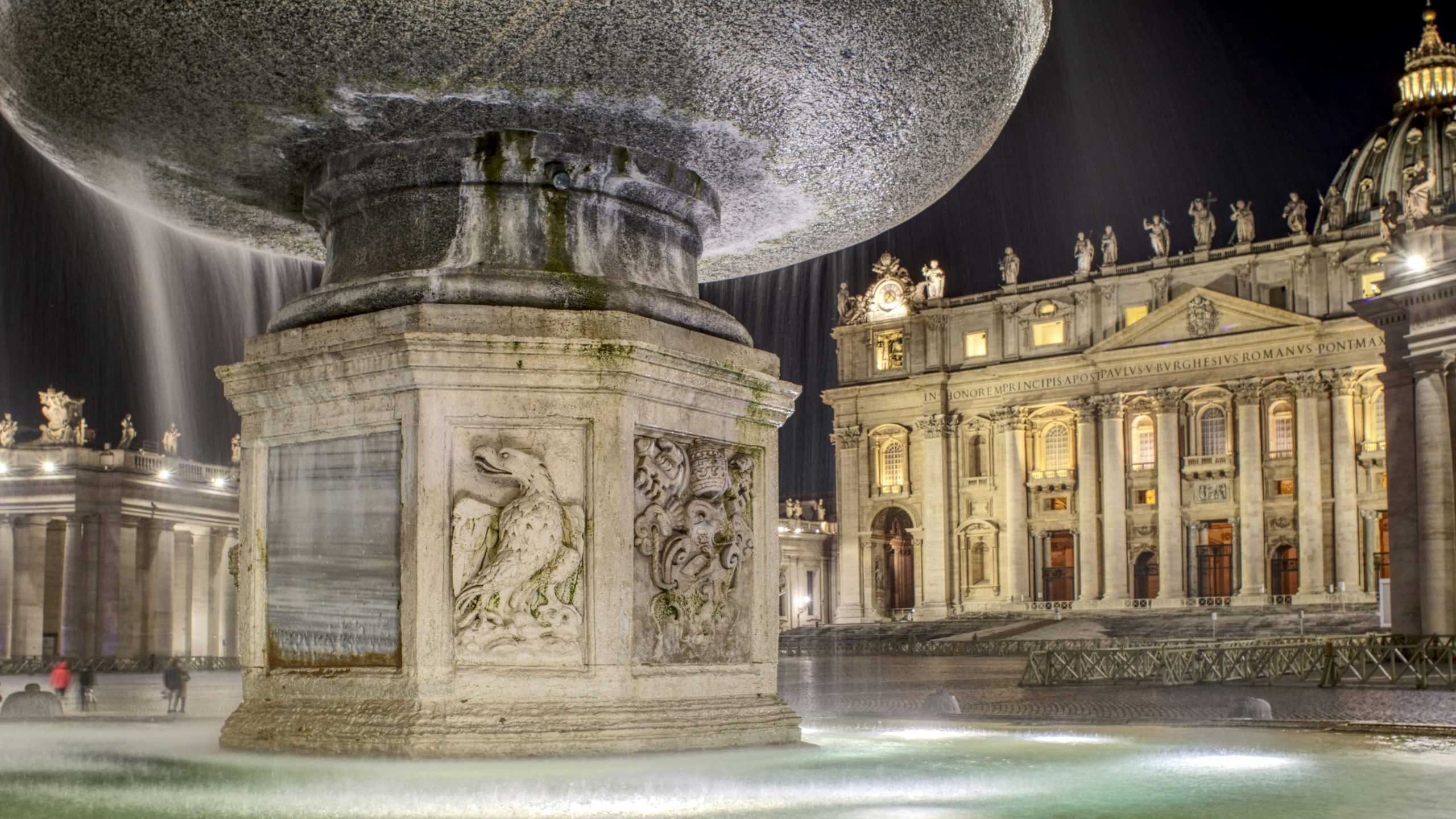1. Gian Lorenzo Bernini (1598–1680)
Field: Sculpture, Architecture, and Urban Planning
Major Contributions: Bernini was the leading figure of Roman Baroque and made several profound contributions to Rome’s artistic and architectural landscape.
His major works include:
- St. Peter’s Square (Piazza San Pietro): He designed the vast elliptical plaza in front of St. Peter’s Basilica, with its iconic colonnade symbolizing the “embrace” of the Church.
- Baldachino of St. Peter’s Basilica: A grand Baroque bronze canopy over the High Altar of St. Peter’s Basilica.
- Famous Fountains: Bernini designed the Fountain of the Four Rivers in Piazza Navona and the Triton Fountain in Piazza Barberini.
- Sculpted Masterpieces: His dynamic statues like Apollo and Daphne and The Ecstasy of Saint Teresa captured intense emotion and movement, reflecting the spiritual intensity of the Counter-Reformation period in Rome.
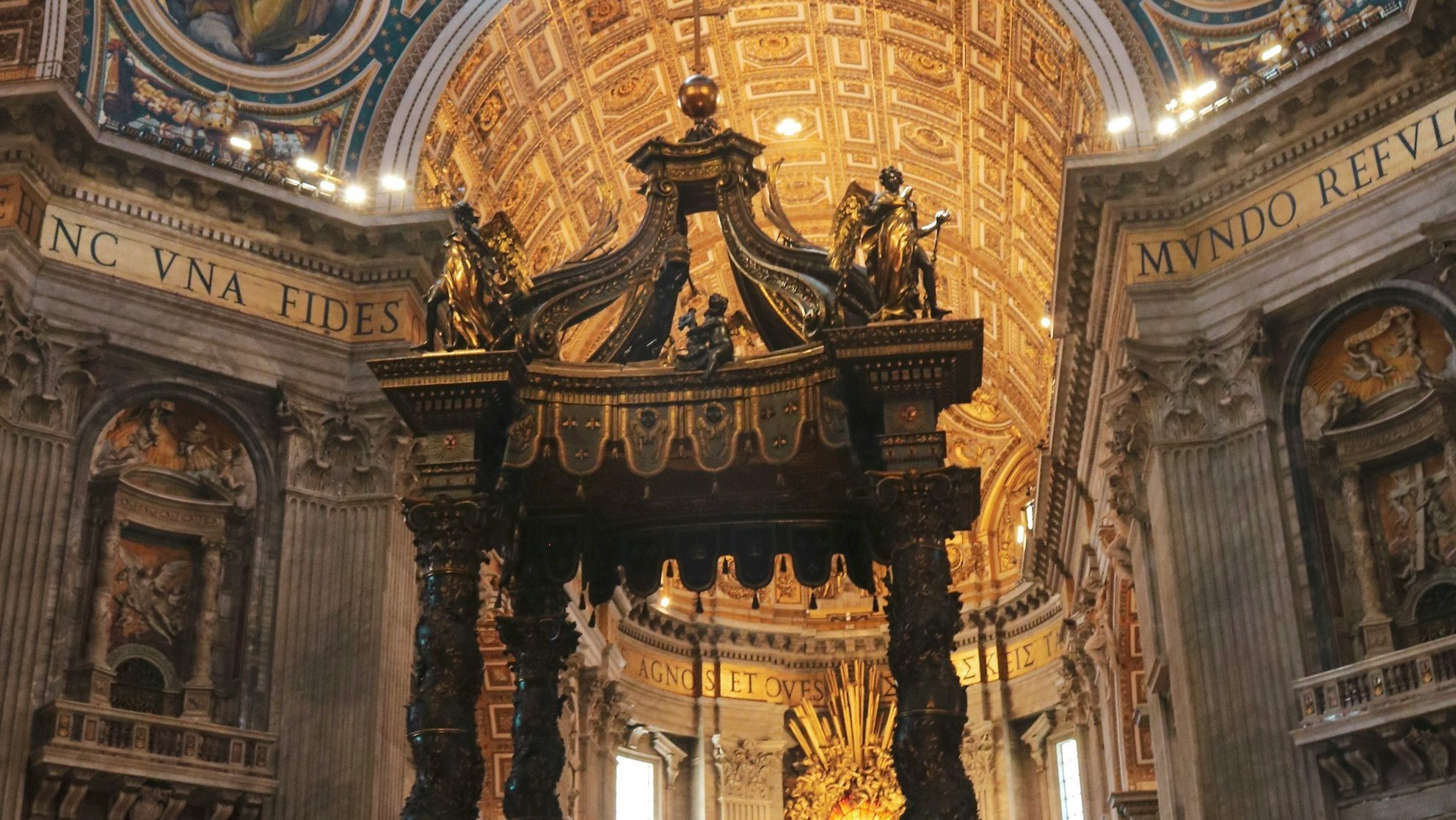
2. Michelangelo Buonarroti (1475–1564)
Field: Sculpture, Painting, and Architecture
Major Contributions: A towering figure of the High Renaissance, Michelangelo’s work left an indelible legacy in Rome, especially in the Vatican.
His major works include:
- The Sistine Chapel Ceiling & The Last Judgment: His frescoes in the Sistine Chapel (Vatican) are considered some of the greatest artistic achievements in history, depicting scenes from Genesis and the final judgment of humanity.
- St. Peter’s Basilica Dome: Although Michelangelo did not live to see the completion, he designed the iconic dome of St. Peter’s Basilica, one of the most important architectural elements of the church.
- Pietà: Although originally sculpted for St. Peter’s Basilica, this masterpiece of marble now resides in the same church and remains a symbol of the Virgin Mary’s grief over the dead Christ.
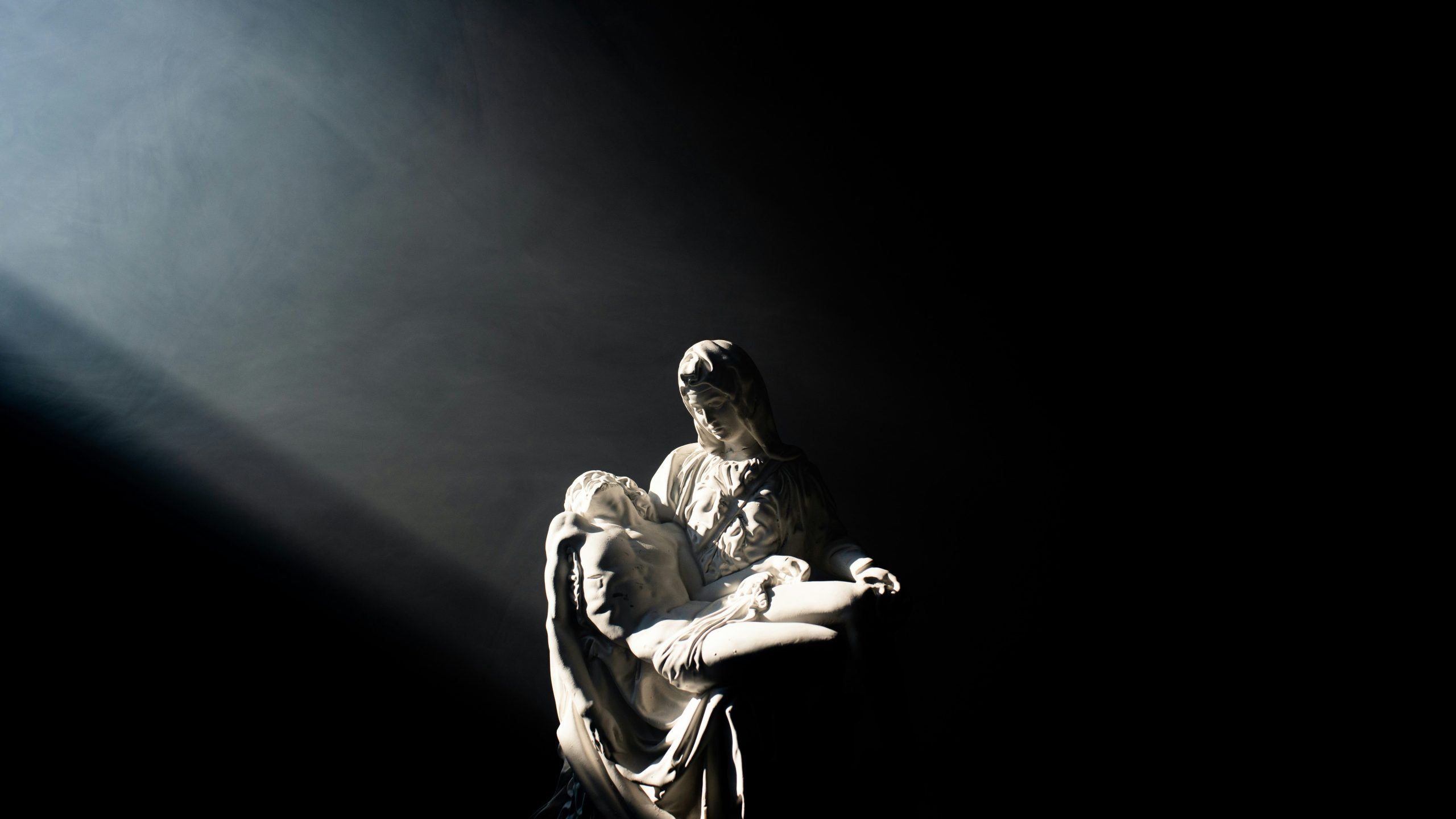
3. Caravaggio (Michelangelo Merisi, 1571–1610)
Field: Painting
Major Contributions: Caravaggio revolutionized painting with his dramatic use of chiaroscuro —sharp contrasts between light and dark—and a startlingly realistic portrayal of human figures.
- Realism and Grit: Caravaggio’s works, such as The Calling of Saint Matthew (San Luigi dei Francesi) and The Conversion of Saint Paul (Santa Maria del Popolo), are located in Rome’s churches. These paintings shocked the art world by portraying sacred figures with a raw, unidealized realism.
- His influence on later generations, including the spread of the Baroque style, was profound. His realistic and theatrical compositions forever altered religious art in Rome and beyond.
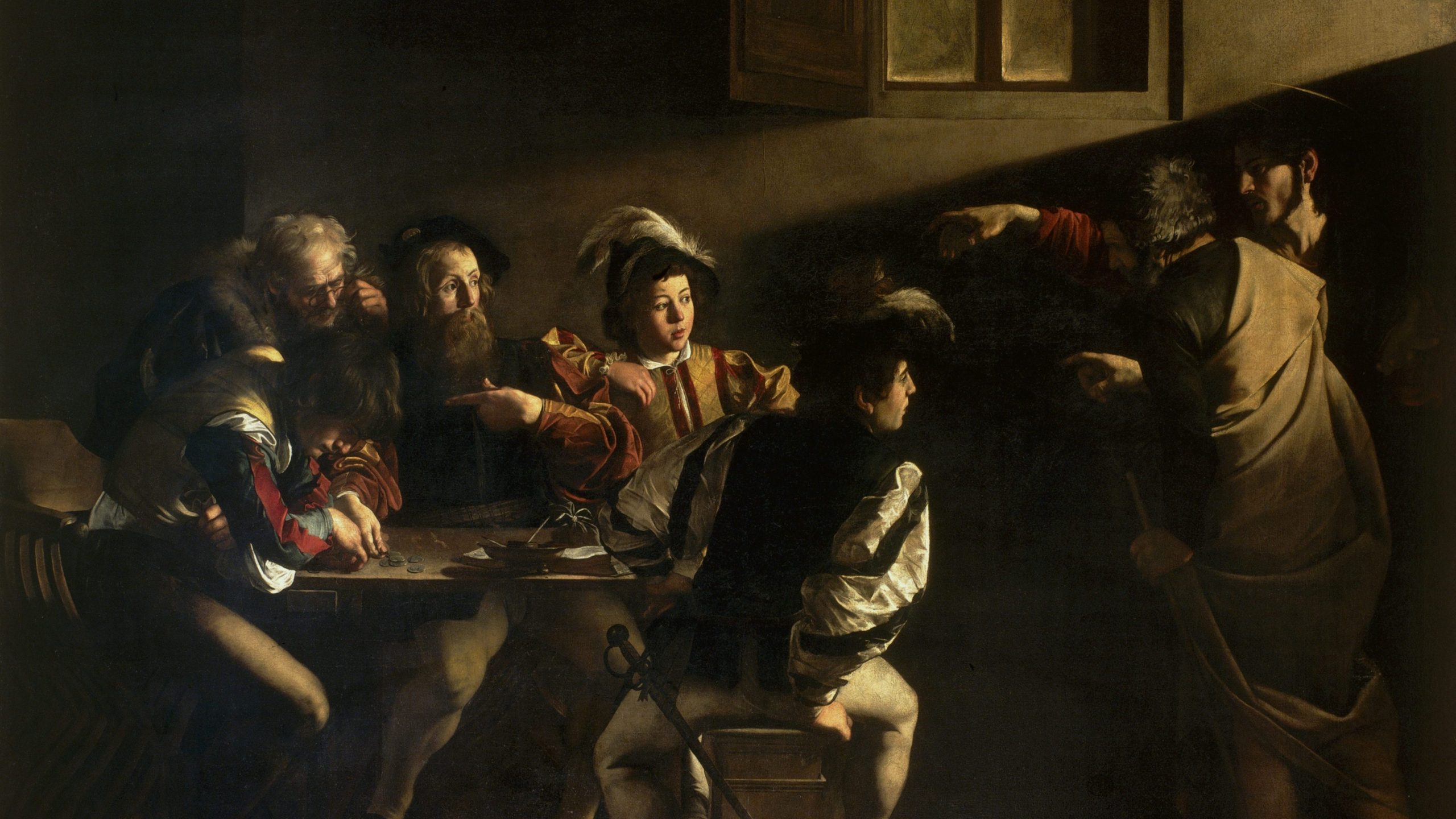
4. Francesco Borromini (1599–1667)
Field: Architecture
Major Contributions: A key figure of Baroque architecture, Borromini’s innovative designs were characterized by complex geometry, undulating forms, and a sense of spatial experimentation.
His major works include:
- San Carlo alle Quattro Fontane: One of his masterpieces, this small church features an intricate undulating facade and an elliptical dome, breaking conventional architectural rules.
- Sant’Ivo alla Sapienza: Another iconic work, known for its unusual concave and convex walls and its remarkable spiral lantern.
- Sant’agnese in Agona in Piazza Navona
- Borromini was known for pushing the limits of architecture, opposing more classical principles with his highly inventive and personal style, which had a lasting impact on Roman and European Baroque architecture.
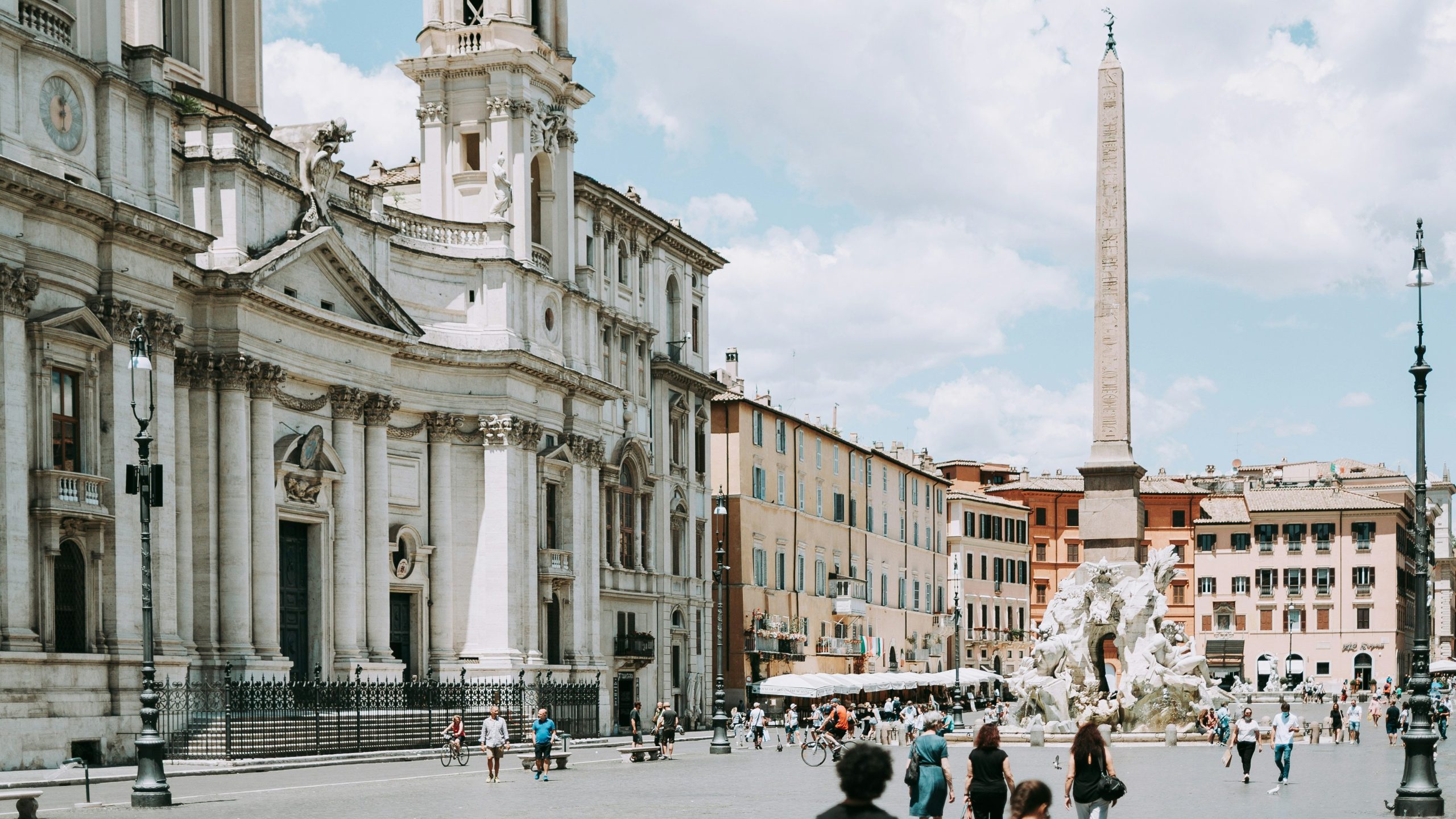
5. Carlo Maderno (1556–1629)
Field: Architecture
Major Contributions: Maderno is considered one of the leading figures who helped transition architecture from the Renaissance to the Baroque period.
His major works include:
- St. Peter’s Basilica: His most iconic contribution to Rome was the completion of the facade of St. Peter’s Basilica. He extended Michelangelo’s plan for the church and designed its grand, monumental facade.
- Santa Susanna: Maderno’s design for this church, with its pronounced verticality and innovative facade, became a model for later Baroque churches.
- Maderno played a key role in shaping the monumental and theatrical architectural style that defined Baroque Rome.
